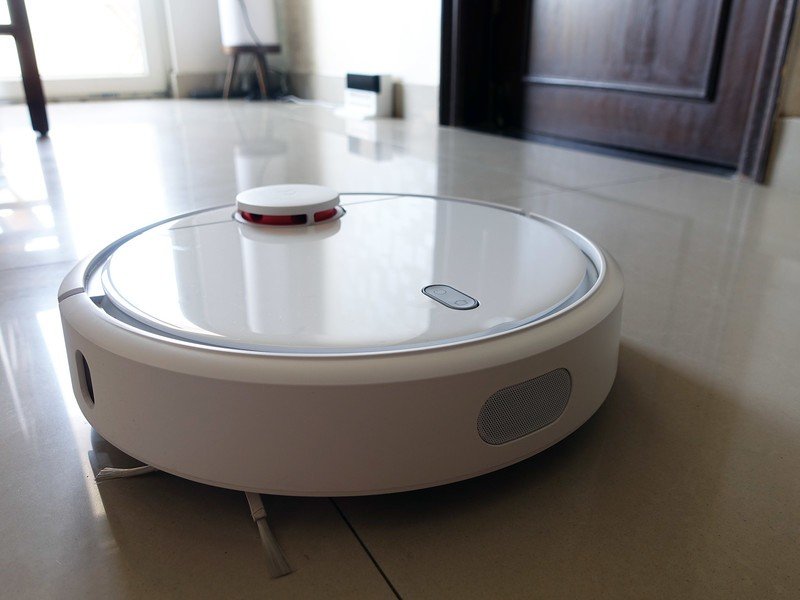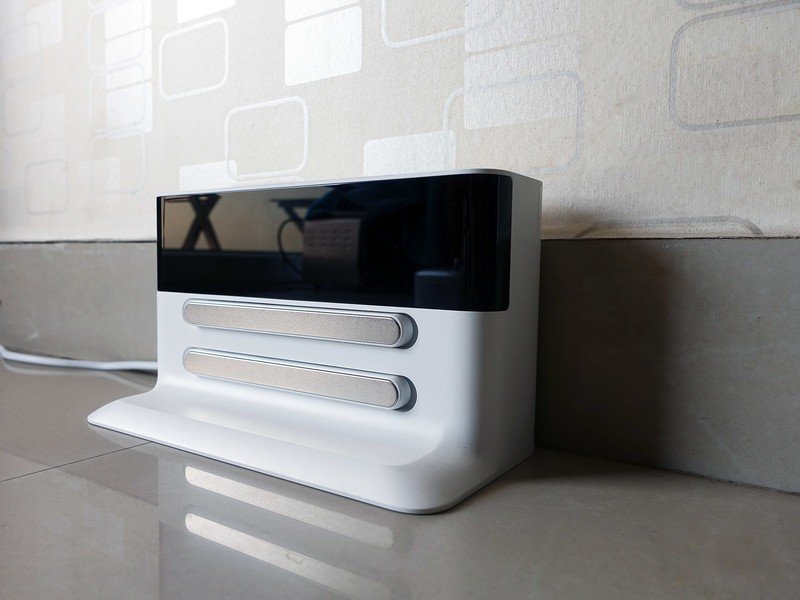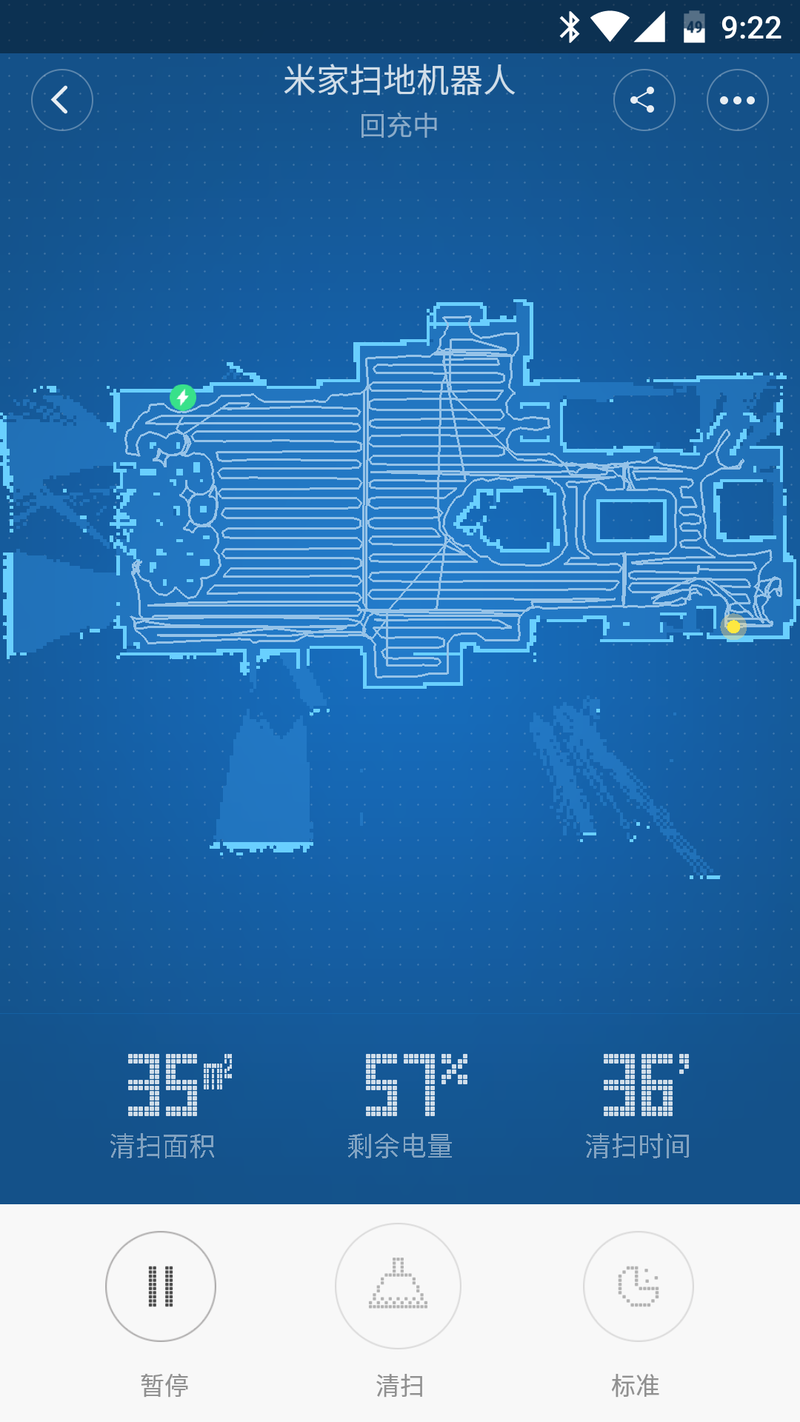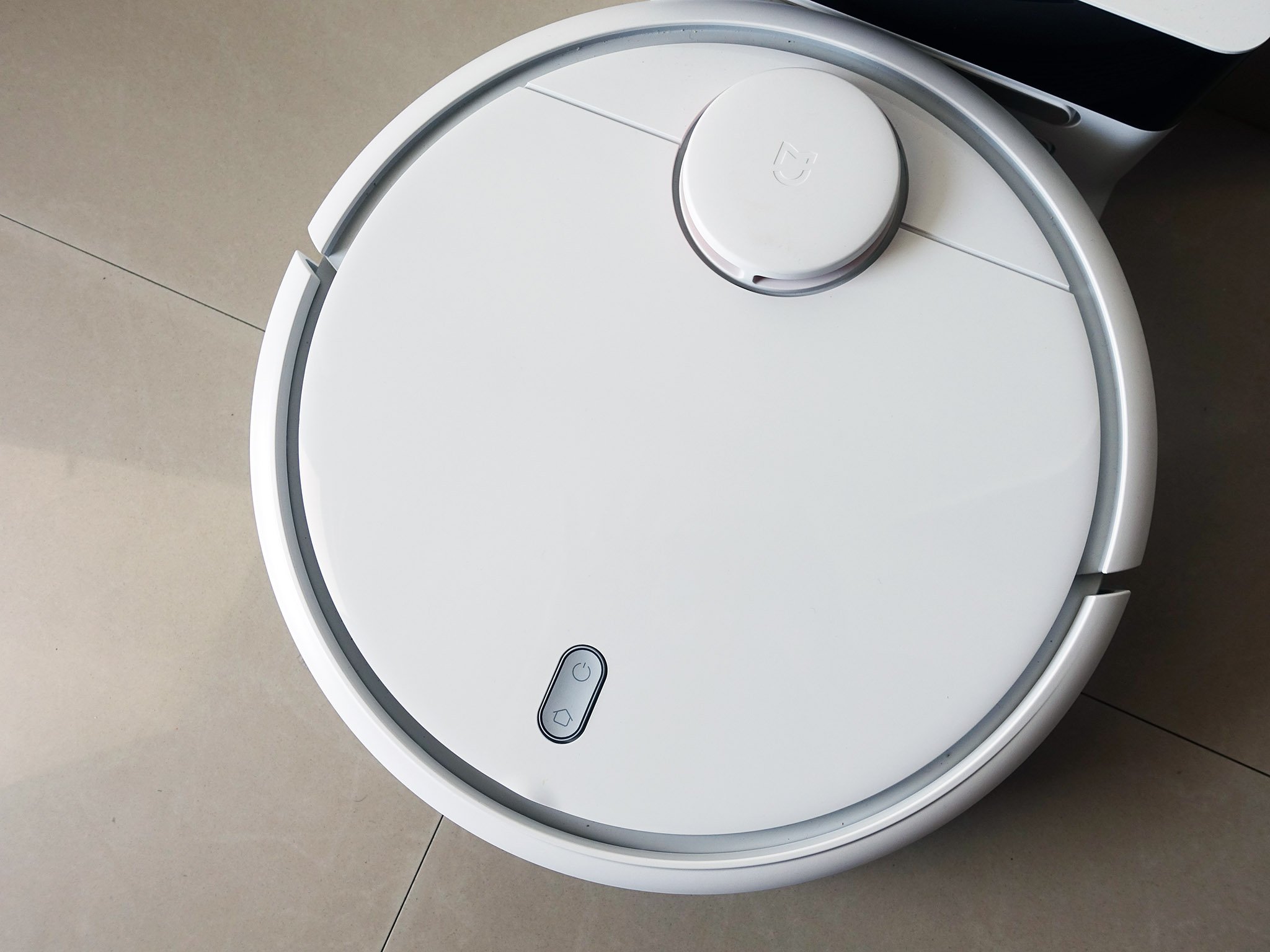Xiaomi isn't just a phone manufacturer. The Chinese brand has ventured into the home appliances category with its Mi Ecosystem products, launching utilities like light bulbs, air purifiers, rice cookers, fitness bands, and even a smart screwdriver. Xiaomi doesn't make the products in the lifestyle category itself. Instead, it invests in or partners with startups in this segment, and then makes its vast supply chain available to these companies.
It's a win-win for both parties as startups get valuable funds and access to Xiaomi's supply chain. Xiaomi, meanwhile, gets to market the hardware under its own label, like it does with the Mi Band, which is designed and manufactured by Huami. The Mi Robot also follows the same path. The device itself is made by one of Xiaomi's ecosystem partners Rockrobo, and is now selling in China for the equivalent of $250.
Why is AC reviewing this? Xiaomi's ecosystem model is all about providing smart home solutions that are affordable. While it isn't an Android device, the Mi robot is a neat bit of kit, and the ability to control your vacuum with your phone is just cool.

With its white color scheme and minimalist styling, the vacuum is very Apple-esque when it comes to the design. The Mi Robot features a total of 12 sensors that allow it to effectively navigate around your house, including an ultrasonic radar sensor, a cliff sensor, a gyroscope and an accelerometer. The data from these sensors is transmitted to three on-board co-processors, which use a Simultaneous Localization and Mapping algorithm to determine the most efficient cleaning route.
The vacuum has a suction rating of 1800Pa, more than that of the $900 Roomba 980. The brushless DC motor, controllers, and fans come from Nidec. The suction inlet is located at the bottom, and there's a side brush to the right of the vacuum that directs dust towards the inlet as it navigates around a room. The vacuum has two wheels, and can adjust its height automatically to create more suction with the surface.
Here's how it works: the vacuum creates a virtual map of the room by going around all four corners. Once it figures out the layout, it starts cleaning the room in a grid, going back and forth to ensure that all areas are covered. It is a very efficient system, and one that differentiates the Mi Robot from others in this category.
Xiaomi sells an optional virtual wall accessory that lets you create a restricted area for the device. The virtual wall is a magnetic stripe that can be placed on the floor, effectively creating a barrier for the vacuum.
Get the latest news from Android Central, your trusted companion in the world of Android

The Mi Robot comes with a 5200mAh battery, which delivers a cleaning time of around two hours, after which the unit will automatically return to its charging dock to recharge. The vacuum remembers its last location, so even if the battery runs out in the middle of a cycle, the unit will recharge itself and come back to the same spot to re-commence cleaning.

There are two buttons on the vacuum: power and home. You can start the cleaning process with a short press of the power button, while the home button initiates a return to the charging dock. You can also control the vacuum through the Mi Home app, which lets you view the virtual map created by the vacuum and its current status. You can also schedule a cleaning session from the app.
Through the Mi Home app, you can set different modes for the vacuum: Quiet, Standard, and Strong. The standard mode is enabled by default, and it gets the job done for everyday cleaning. In standard mode, the vacuum produces around 64dB of sound. The dust picked up by the robot is collected in a tiny cleaning bin, which has a sensor that notifies you when it's full. I thought I was fairly efficient at cleaning the house with a regular vacuum, but I scheduled the Mi Robot to run after vacuuming one day and it managed to pick up a significant amount of dust.
The biggest drawback with the vacuum is that the app and manual are in Mandarin, making it harder to set it up. While the Mi Home app itself is available in other countries, the Mi Robot is listed only when you select Mainland China as the region. You can navigate the settings by using Google Translate, but it is cumbersome to get started with the vacuum at first.
Overall, the Mi Robot is well worth its $250 asking price. The vacuum did a fantastic job of cleaning the house, and it tackled carpeted areas as well as tiled surfaces with ease.
Given that the product is limited to China, the best way to get your hands on the Mi Robot outside of China is through third-party resellers like GearBest, where it's available for $259. That's just $20 more than what the vacuum retails for within China.

Harish Jonnalagadda is Android Central's Senior Editor overseeing mobile coverage. In his current role, he leads the site's coverage of Chinese phone brands, networking products, and AV gear. He has been testing phones for over a decade, and has extensive experience in mobile hardware and the global semiconductor industry. Contact him on Twitter at @chunkynerd.

